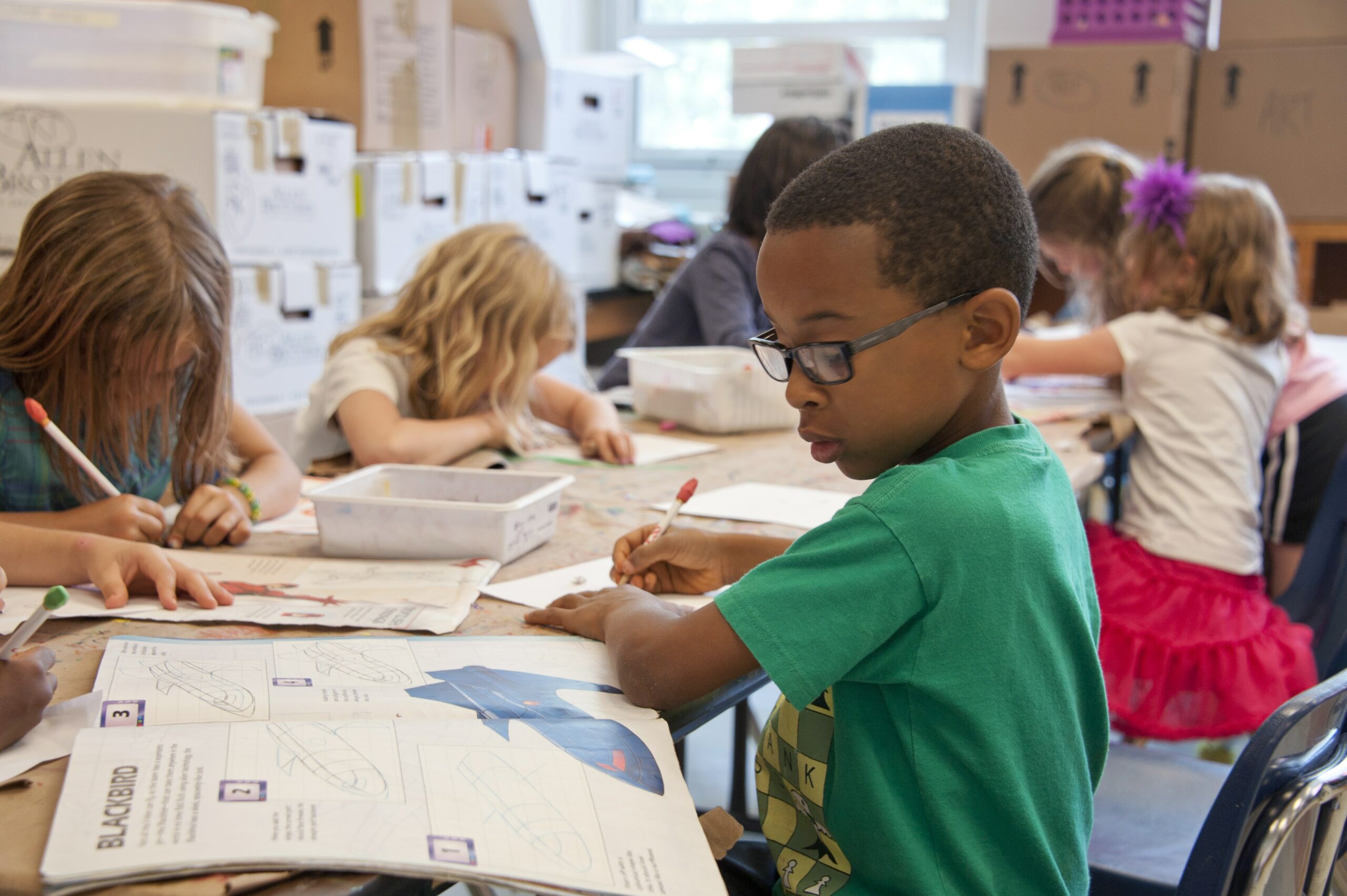
Blog
5 Tips on How-to Help Kids Set Intentions
Research has proven that defined intentions and goals reap greater success in many areas of life. Yet many don’t think about setting intentions and may not understand how to teach kids to set intentions.






